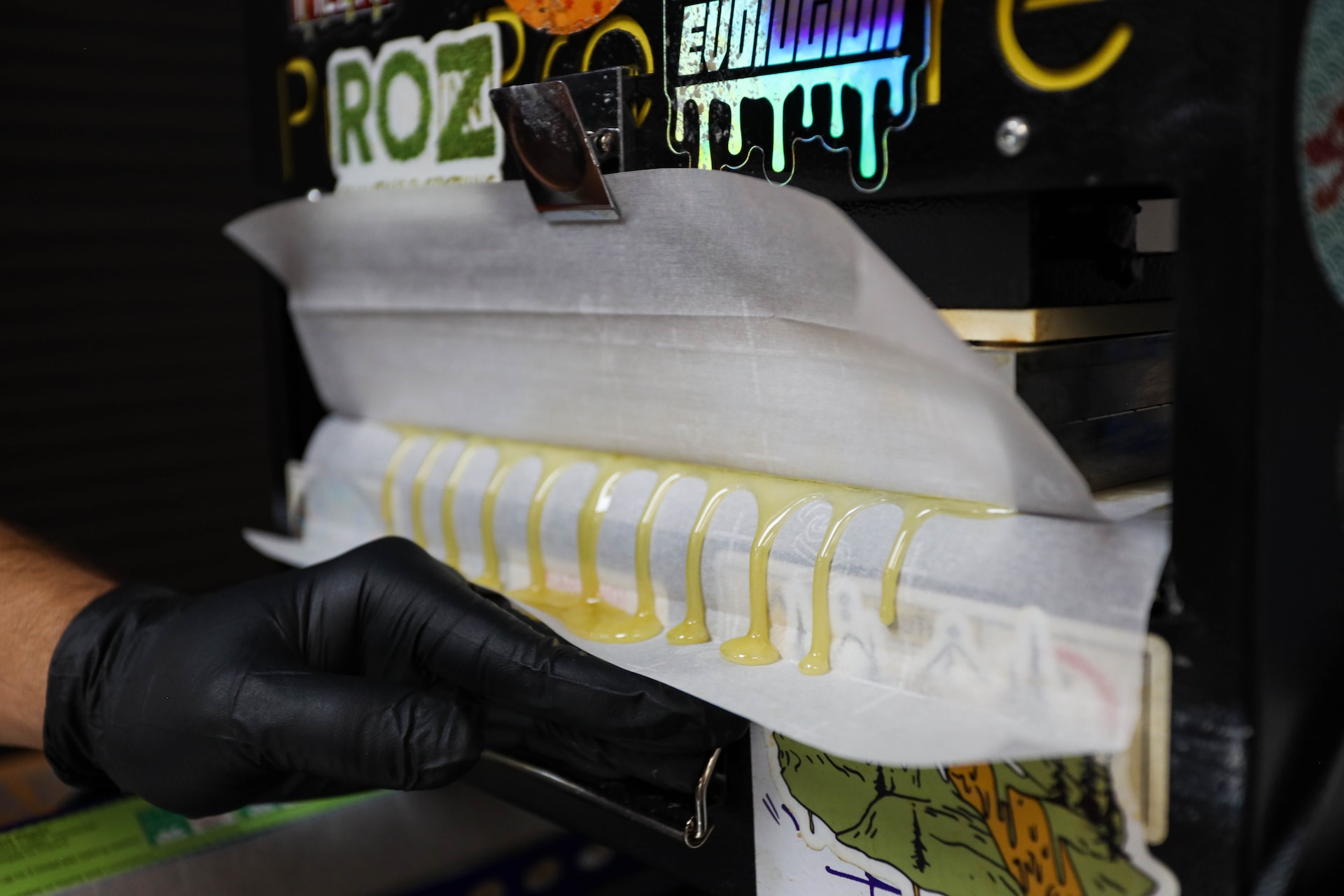We go into detail how cannabis oil is made.
Extracting cannabis oil is a fascinating process, blending a bit of science and art. There are several methods out there, each with its own unique approach. We will go over how to make cannabis oil, how cannabis oil is made, and the techniques that go into it.
Cannabis oil is made with one of a few techniques: BHO (Butane Hash Oil) method. This uses butane, a kind of gas, to pull out the good stuff, like THC, from cannabis. Then there’s CO2 extraction, that’s like a science experiment. It’s known for being safer and for making really pure oil. Additionally, simpler methods like carrier oil extraction and the solventless resin press extraction offer alternatives for those seeking more natural or DIY approaches.
Each method has its pros and cons, and the choice really depends on what you’re looking for in your cannabis oil, like purity, strength, or flavor
Read below for detail information, here is a quick video on it from a reputable manufacturer. Not sponsored.
Butane Hash Oil (BHO) Extraction
Butane Hash Oil, commonly referred to as BHO, is a popular method for extracting the psychoactive compounds, primarily THC, from the cannabis plant. This process involves:

- Solvent Introduction: Butane, a highly flammable hydrocarbon, is passed through cannabis material, dissolving the plant’s trichomes and thus extracting THC along with other cannabinoids and terpenes.
- Purging the Solvent: After extraction, the butane is purged from the mixture using heat and vacuum. This step is crucial to ensure that no residual solvent remains in the final product, as butane is harmful when inhaled.
- Safety Concerns: The BHO extraction process is controversial due to the high flammability of butane, which poses significant risks during the extraction process. Moreover, improper purging can result in residues that are dangerous to consume.
- Regulatory Challenges: There is a lack of consistent regulations governing the production of BHO, leading to variations in product safety and quality. This inconsistency poses challenges for consumers seeking reliable and safe products.
CO2 Extraction
CO2 extraction is another popular method, particularly for its perceived safety and efficiency:

- Supercritical CO2: This method uses carbon dioxide in its supercritical state, where it exhibits properties of both liquid and gas. This state is achieved under high pressure and temperature.
- Extraction Process: The supercritical CO2 is passed through cannabis material, where it acts as a solvent to dissolve and extract cannabinoids and terpenes without the use of harmful chemicals.
- Purity and Safety: CO2 extraction is known for producing a pure, clean, and potent product. Since CO2 is a naturally occurring compound and leaves no residue, the extracts are safer for consumption.
- Versatility and Efficiency: This method is versatile, allowing for the extraction of specific compounds by adjusting the temperature and pressure. It’s also efficient, with CO2 being recyclable within the system.

Carrier Oil Extraction
In addition to these methods, carrier oil extraction is also used, particularly for CBD oil:
- Natural Oils as Solvents: This method involves using natural carrier oils, such as olive oil or hemp seed oil, to extract cannabinoids from the plant material. It is a simple and safe method, often used for small-scale production.
- Process: The cannabis is decarboxylated (heated) and then infused in the carrier oil, allowing the cannabinoids to dissolve into the oil.
- Product Characteristics: While this method is safe and natural, the resulting oil is less concentrated than those produced by BHO or CO2 extraction. However, it maintains the full spectrum of cannabinoids and terpenes.
Resin Press Extraction

Resin press extraction, also known as rosin press extraction, is another method gaining popularity in the cannabis industry. This solventless technique involves:
- Heat and Pressure: The process uses a combination of heat and pressure to extract resinous sap from cannabis material. Typically, dried and cured buds, hash, or kief are placed between two heated plates.
- Purity and Simplicity: Since no solvents are used, the resulting product is pure and free of any chemical residues. This method is particularly appreciated for its simplicity and the high quality of the extract it produces.
- DIY-Friendly: Unlike BHO or CO2 extraction methods that require specialized equipment and expertise, resin press extraction can be done at home using simple equipment, making it accessible for personal use.
- Product Characteristics: The extracts produced, often called rosin, preserve the full spectrum of cannabinoids and terpenes found in the original plant material, resulting in a potent and flavorful product.
- Versatility: The rosin press method can be used with various forms of cannabis, including flower, hash, and kief, offering flexibility in terms of the starting material.
- This method’s increasing popularity is attributed to its safety, cost-effectiveness, and the high quality of the concentrates it produces, making it an attractive option for both home enthusiasts and commercial producers.
Each of these methods has its advantages and challenges, and the choice often depends on the desired purity, potency, and intended use of the final product. Consumers should be aware of the extraction method used in their products for safety and efficacy reasons.
